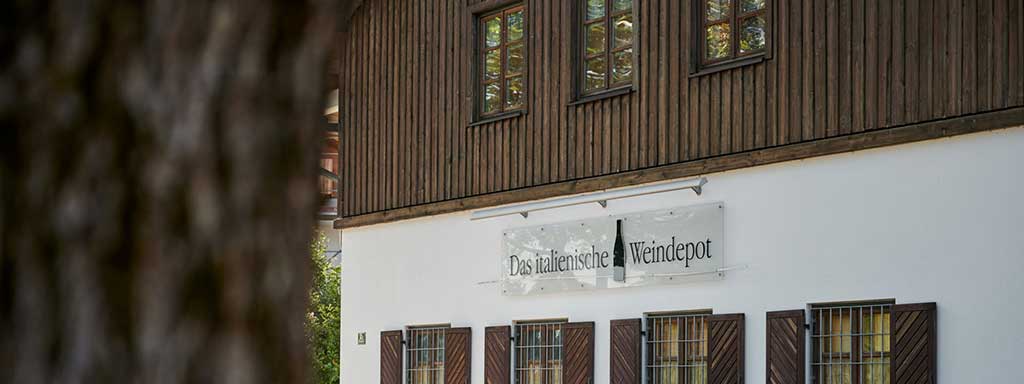 Wine Regions | BlogThe term wine region generally refers to an area in which wine is grown and pressed. A variety of factors play a decisive role, including the climate, microclimate, geographical location and topographical features. The unique combination of these elements significantly shapes the character of the wines produced in a particular wine region. |
||||||||||||||||||||||||||||||||||||||||||||||||||||||||||||||||||||||||||||||||||||||||||||||||||
|
|
||||||||||||||||||||||||||||||||||||||||||||||||||||||||||||||||||||||||||||||||||||||||||||||||||

Wine Regions | Blog
Italy's wine-growing regions: an overview of the diversity
Italy, as one of the most renowned wine countries in the world, is home to an impressive variety of wine-growing regions spanning the entire peninsula. With a centuries-old winemaking tradition and a fascinating combination of different climates, soils and grape varieties, Italy has carved out a distinctive place in the world of wine.
The total number of wine-growing regions in Italy
Italy can proudly boast a total of 20 wine-growing regions, each with its own unique characteristics and qualities. From north to south, from the Alps to the Mediterranean coast, each region reflects the particularities of its environment and the cultural dedication of its winemakers.
The north: Elegance and sophistication
Let's start our journey in the north, where some of the most prestigious and world-renowned wines are produced.
· Piedmont: Famous for its Barolo and Barbaresco wines, Piedmont is characterized by hilly landscapes and the noble Nebbiolo grape.
· Lombardy: Lake Garda and the Valtellina valleys characterize this region, which is known for strong red wines such as Amarone and Franciacorta sparkling wines.
· Veneto: With Venice as its flagship, this region offers the unique charm of Valpolicella and Soave.
· Friuli-Venezia Giulia: The proximity to the Alps and the influence of the Adriatic Sea contribute to the production of high-quality white wines such as Friulano and Sauvignon Blanc.
The center: history and tradition
Central Italy represents the cultural heart of the country and is home to some of the most classic wines.
· Tuscany: Sangiovese and other noble varieties thrive here, creating wines such as Chianti, Brunello di Montalcino and the Supertuscan style.
· Umbria: The green hills are the backdrop for wines such as the intense Sagrantino di Montefalco.
· Lazio: This region, where the capital Rome is located, is known for the dry white wine Frascati.
The south: sun, sea and intensity
The south of Italy, characterized by a Mediterranean climate, gives the wines a lively and powerful personality.
· Campania: Home to the powerful Aglianico and fresh Fiano, Campania offers wines such as Taurasi and Greco di Tufo.
· Puglia: Sun-drenched Puglia is known for its powerful red wines such as Primitivo and Negroamaro.
The islands: Unique terroirs in the Mediterranean
· Sardinia: The island of Sardinia presents Vermentino white wines and powerful red wines such as Cannonau.
· Sicily: The largest island in the Mediterranean produces wines such as Nero d'Avola and Marsala, which reflect the diversity and exoticism of this region.
· Other Islands: In addition to the main islands, there are also smaller islands such as Lipari and Pantelleria, which produce their own fascinating styles of wine.
Overall, Italy's wine-growing regions offer a fascinating journey through flavors, traditions and terroirs. The combination of local dedication and global recognition makes the Italian wine landscape a treasure that is capturing the hearts of wine lovers worldwide. - Gerardo [TS01/24]
